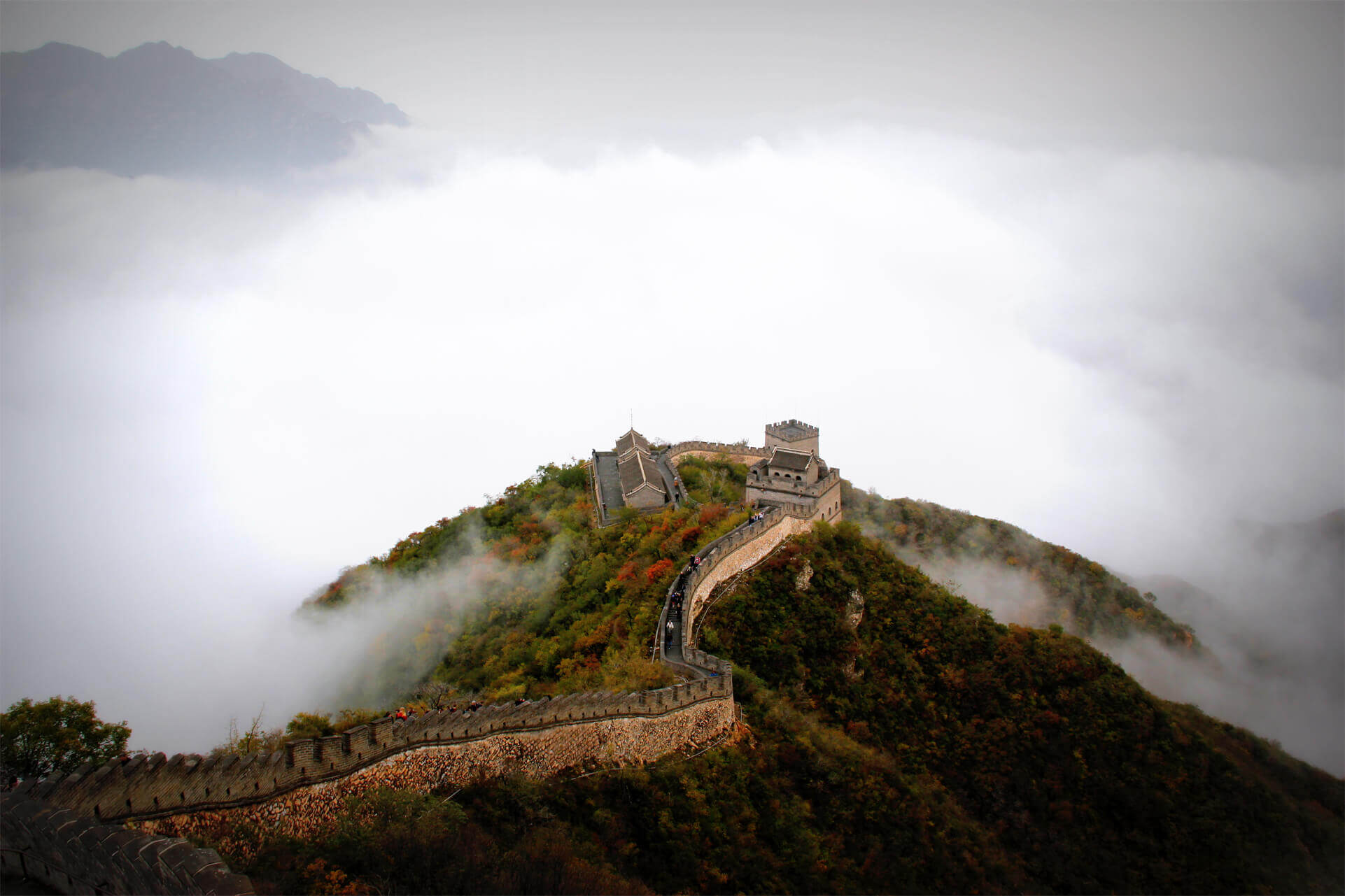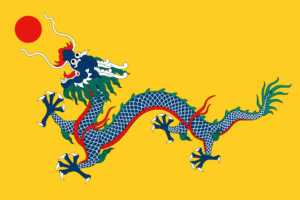Contents
Introduction:
The subject of the “Flag of China” is profound and unique, transcending merely a symbol of a nation to delve into the rich tapestry of China’s history and culture. The flag narrates a story of resilience, unity, and the evolutionary journey of a civilization that dates back millennia. It stands not only as a marker of sovereignty but as a beacon of the Chinese spirit, embodying the dreams and aspirations of its people. This exploration into the flag’s significance will offer a glimpse into the profound interplay between symbols and societal values, shedding light on how historical events and cultural beliefs have shaped the nation’s identity.
Through an extensive exploration of the history, design, and symbolic significance of the Flag of China, this article intends to offer a deeper perspective, enabling readers to see beyond just a flag, but through this emblem, to perceive the cultural depth, historical sediment, and contemporary ambitions of a nation.
The Origin of ‘Flag of China’: Understanding ‘China’ and ‘Chinese’
The Origin of “China”
More than 1500 years ago, the term “chin,” derived from China’s Qin dynasty, was extensively used by Indians to refer to China. Later, as Portuguese traders established commercial bases in India and progressed towards southern China, they learned to use “chin” from local Indian traders and brought it back to Europe, evolving it into “China”. For speakers of Latin languages, “Chinese” was quickly formulated as a convenient and fully standardized term, adopted by most Europeans and still in use today.
China as the Western Porcelain
Over 1800 years ago, porcelain, originally imported from China, began to make its way to the West. By the Ming Dynasty, a significant volume of Chinese porcelain products started being exported to the Western world. Persians referred to Chinese porcelain as “chini,” and European merchants purchasing Chinese porcelain in Persia brought the term back to the West, later modifying “chini” to “china”. Hence, when Europeans talked about “China,” they often associated it with the land of porcelain.
The Qin Dynasty and the Origin of ‘Chin’ and China
The Qin Dynasty (September 10, 221 BC – November 17, 207 BC) was the first centralized imperial state in Chinese history, featuring a unified and centralized government. Particularly notable is Emperor Qin Shi Huang, also known as the “Emperor for Eternity”.
In that era, to defend against continuous invasions by nomadic tribes such as the Xiongnu, Emperor Qin Shi Huang and 300,000 Chinese people created a marvel in human architectural history, which is the Great Wall. Moreover, as more countries from around the world came to visit, the Western world referred to the great eastern nation as “Chin”.
The state of Qin, pronounced as Chin, gave its name to China by adding an ‘a’ to signify a place. Thus, in the Western discourse, Zhonghua, China, is referred to as “Chin”.
This means that whether “China” signifies porcelain, brocade, or other items, a long time ago, when Westerners came to China for trade, amidst the language barrier, they mutually referred to this country as “China”.
Why China is the Middle Kingdom: The China’s Flag
The term “中国” originates from classical Chinese, a phrase familiar to contemporary ears, also embodying the meaning of “the central state”. As Liu Xi annotated in “Mencius”: “The capital of the emperor is regarded as the center, hence the term Central State.” Combined, the characters “中国” (Pinyin: Zhōngguó) meant the Middle Kingdom. Throughout the annals of history, the connotation of “中国” has continuously evolved and developed.
With the establishment of the Republic of China in 1912, it was commonly referred to in English as the Republic of China, with the Chinese abbreviation “中国”, translated into English as China. Simultaneously, “中国” became the formal name for the modern concept of the nation.
Decoding the Five Stars on the Flag of China
In October 1995, at the foot of China’s Kunlun Mountains, an academic expedition team in Xinjiang found a brightly colored brocade tied to the right arm of a body in a Han dynasty tomb, inscribed with eight seal characters stating “Five stars rise in the east, benefiting China“. This discovery marks the earliest instance of the words “中国” found in the Xinjiang region, dating back over two thousand years to the Han dynasty. The “中国” mentioned here broadly referred to the Central Plains area of the Yellow River basin.
What “Five Stars” Represent in China
According to the “Historical Records – The Book of Heavenly Officials,” “when the five stars gather in the center of the sky and cluster in the east, it benefits China; when they gather in the west, it benefits foreign countries using (military) force. When the five stars all move from the star Chen and cluster in one house, the country of that house can bring the world under its law.” This forms the basis for the flag of the People’s Republic of China, namely the Five-starred Red Flag.
What is “Brocade” in China
Brocade, historically regarded as “an inch of brocade, an inch of gold,” was only producible in Chang’an and Chengdu at the time. This piece represents the pinnacle of silk weaving craftsmanship in China and even the world at that time.
Emperor Wu of Han, inspired while standing before a territorial map under the spectacle of the aligned five stars, decided to weave a brocade of five connected stars as a commemorative item and medal to award to meritorious military commanders.
This signifies that the name “中国” used two thousand years ago represents the same name we use today.
The Deep Symbolism of the Flag of China’s Five Stars
Exploring the symbolic meaning of the “five stars” in the Flag of China not only showcases a clever design but also delves deep into the core of traditional Chinese philosophy—the theory of the Five Elements. The five stars on the flag represent not just the unity of the nation’s leadership and the four social classes but also echo the five major planets of metal, wood, water, fire, and earth, reflecting ancient Chinese understanding and respect for the universe and natural laws.
“The gathering of the five stars in the east benefits China,” an ancient saying, is not merely a description of an auspicious celestial phenomenon but also reflects the Han and Jin dynasties’ belief in astrology and their wishes for national strength and good fortune. This saying has found a new interpretation in today’s Flag of China—the five stars not only represent the celestial bodies but also symbolize national unity and ethnic prosperity, reflecting the pursuit and blessings of harmony, auspiciousness, and prosperity.
The Qing Dynasty’s Contribution: The Yellow Dragon Flag in the History of the Flag of China
In China’s history, there was never a national flag until the late Qing Dynasty. Due to the absence of a national flag and the fact that non-flag-bearing ships could be considered pirate ships by some Western countries, the Qing Dynasty’s first national flag was born in 1888. This flag, rectangular in shape, featured a yellow field with a blue dragon playing with a red pearl, known as the “Yellow Dragon Flag”. On January 10, 1912, the Yellow Dragon Flag was replaced by the Five-Colored Flag.
The flag had a primary yellow background, with a Qing-style azure dragon with five claws flying upwards, and a red pearl in the upper left corner. This led to the creation of the “Yellow Dragon Flag”.
The Republic of China’s Flag: A Historical Perspective
The national flag of the Republic of China is one of the country’s symbols. The flag, known as the “Blue Sky, White Sun, and a Wholly Red Earth”, consists of three parts: the blue sky represents the lofty and noble character and ambition of the Chinese nation; the white sun represents transparency, justice, and the purity of the mind and thoughts; and the red earth symbolizes the revolutionary martyrs’ blood, sacrifice, and spirit of struggle. The colors blue, white, and red also symbolize the Three Principles of the People – nationalism, democracy, and the people’s livelihood, as well as the spirit of freedom, equality, and fraternity. The twelve rays of light represent the twelve hours of the day, the twelve months of the year, and the twelve Earthly Branches, symbolizing the nation’s vitality through time, encouraging citizens to strive and strengthen themselves continuously. They also represent the virtues passed down in Chinese culture: the moral principles of courtesy, righteousness, integrity, shame, loyalty, filial piety, benevolence, love, faith, peace, and the spirit of the Four Cardinal Principles and the Eight Virtues.
The Flag of the People’s Republic of China: Evolution and Significance
The Five-starred Red Flag is the national flag of China and symbolizes China in the world today! Its red color symbolizes revolution; the golden stars represent the Chinese people as part of the Yellow race. The large star stands for the Communist Party of China, while the four smaller stars represent the workers, peasants, intellectuals, and the national bourgeoisie. The arrangement of the stars symbolizes the unity of the Chinese people under the leadership of the Communist Party and the people’s support for the Party.
The five stars on the Flag of China become a powerful symbol linking ancient and modern times, heaven and earth, the people, and the state. They are not just a national emblem but a display of China’s rich cultural heritage and the spirit of its people. Beneath this flag, each star tells its own story, together painting a grand narrative about China.
Conclusion:
In conclusion, both the People’s Republic of China and the Republic of China are “China”. Despite the differences in their names, it’s crucial to understand that both embody the rich diversity of Chinese history. The Chinese people have made their mark on human history for thousands of years, from the Han dynasty’s declaration of “Those who offend the mighty Han Empire, though far away, the battle has begun.” to the twilight years of the declining Qing dynasty. The Chinese people have experienced sorrow and hardship, but today, they have risen.
As we know, each flag of our country tells a story, every one of which is deeply rooted in what we call the past and present of China. Let us cherish these stories, for they are not only a part of the collective memory of the Chinese nation but also an indispensable treasure within the world’s cultural heritage.








